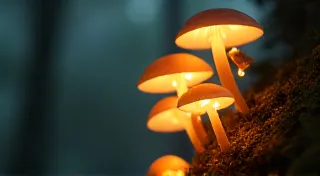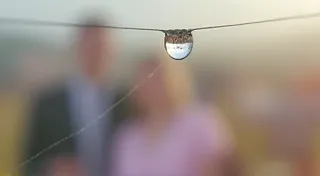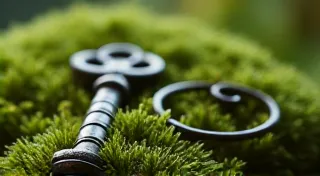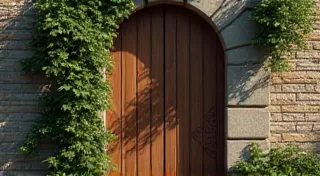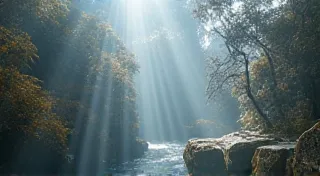The Collector’s Nook: Sourcing Vintage Miniature Garden Elements
There’s something undeniably enchanting about a miniature garden. But beyond the meticulous placement of tiny plants and the careful construction of scale landscapes, lies an opportunity to imbue these little worlds with a depth of history and charm. That's where vintage elements come in. They’re not merely decorations; they're fragments of stories, whispers from the past, waiting to be rediscovered and integrated into your miniature haven. My own journey into miniature gardening began not with pristine, mass-produced pieces, but with a small, chipped terracotta pot unearthed from my grandmother’s shed. It wasn’s perfect, but it felt *real* - a tangible link to generations past, and that feeling is what I strive to capture in every miniature world I create.
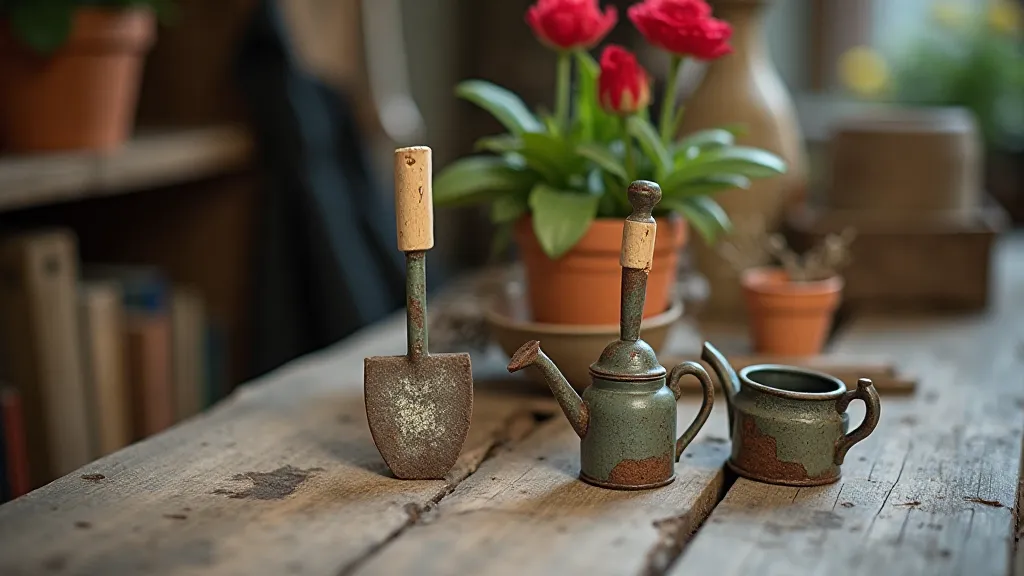
The Allure of the Past: Why Vintage Matters
Modern miniature gardening supplies are readily available and often beautifully crafted. However, they often lack a certain *soul*. Vintage pieces, on the other hand, carry the patina of time – the faint scratches, the subtle discoloration, the evidence of gentle use. These imperfections aren't flaws; they are testaments to a history lived. Imagine a tiny watering can, once handled by a child tending a real garden decades ago, now repurposed to nourish miniature flora. That’s the magic vintage brings. It elevates a miniature garden from a simple display to a narrative, a window into a forgotten time.
The craftsmanship inherent in older pieces is often superior as well. Before mass production streamlined processes, artisans took immense pride in their work. Look closely at a vintage scale model flower pot. You'll likely notice the finer details, the more delicate molding, the careful attention given to every aspect of its creation. It’s a contrast to the often-uniform look of contemporary pieces, and it adds a touch of authenticity that's hard to replicate. The challenge, however, lies not only in finding these treasures, but also in integrating them into a cohesive and visually appealing design – a consideration often explored in more complex miniature landscapes. Perhaps you're dreaming of adding vertical elements to your collection, creating a truly unique and immersive space; in that case, exploring "Petite Paradises: Exploring the Art of Vertical Miniature Gardens" might offer valuable inspiration.
Where to Find Treasures: Sourcing Your Vintage Elements
The hunt for vintage miniature garden elements is a rewarding adventure in itself. Here are a few places to begin your search:
- Antique Stores and Flea Markets: These are the gold mines for vintage finds. Be prepared to sift through a lot of items, but the reward – that perfect, slightly-worn miniature wheelbarrow or a charming antique birdbath – is worth the effort. Don’t be afraid to haggle respectfully.
- Estate Sales: Estate sales offer a unique opportunity to acquire entire collections of vintage items, including miniature treasures.
- Online Auctions (eBay, Etsy): Online platforms provide a vast selection of vintage miniature items. Be sure to scrutinize photos and descriptions carefully before bidding. Researching the seller’s reputation is also a good idea.
- Thrift Stores: While less likely than antique stores, thrift stores occasionally turn up unexpected gems. Persistence pays off!
- Family Heirlooms: Don't overlook your own family's possessions. Old toys, kitchenware, and even broken pottery can be repurposed into charming miniature garden elements. My grandmother's collection of thimbles, for example, became a quirky and delightful border for a miniature flower bed.
Specific Items to Look For: Miniature Moss Cultivation and Scale Model Flower Pots
While anything with a small scale has potential, certain items are particularly well-suited for miniature gardens. Scale model flower pots are an obvious starting point. Look for terracotta pots with weathered surfaces or ceramic pots with delicate painted designs. These can be used to create a realistic and charming atmosphere. The key to a truly immersive miniature garden, however, often lies in creating a natural base – a foundation of lush, verdant moss. To master this, exploring secrets of miniature moss cultivation is essential; the techniques are more involved than many modern suppliers would have you believe.
When it comes to creating a naturalistic feel, miniature moss cultivation is key. Vintage moss gardens were more prevalent than one might think! Look for tiny ceramic moss containers or even fragments of old nursery pots that can be used to display miniature moss. Cultivating your own moss – using techniques readily available online – allows you to create an authentic and ever-evolving element in your miniature world. Remember, the texture and color variations in vintage moss are far more nuanced than what you typically find in modern craft stores. Consider how the way light plays across the moss can enhance the overall aesthetic – a technique that’s explored in depth when considering shadow and stone to create textural contrast in your landscapes. Achieving this level of detail can also require careful consideration of irrigation, especially as vintage pieces often lack the modern conveniences we often take for granted; a glimpse into automated solutions can be found in "The Clockwork Bloom: Automating Miniature Garden Irrigation."
Don't overlook seemingly mundane items. A tiny spool of thread can become a rustic fence post. A broken teacup can be transformed into a whimsical birdbath. A child's old button collection can be arranged as stepping stones along a miniature path. The possibilities are endless – it’s all about seeing potential and embracing creativity. The visual harmony of your miniature world also benefits from carefully chosen elements - particularly when thinking about how to evoke a sense of wonder and magic, reminiscent of a hidden realm. This is a concept often echoed in those seeking to create authentic fairy garden supplies.
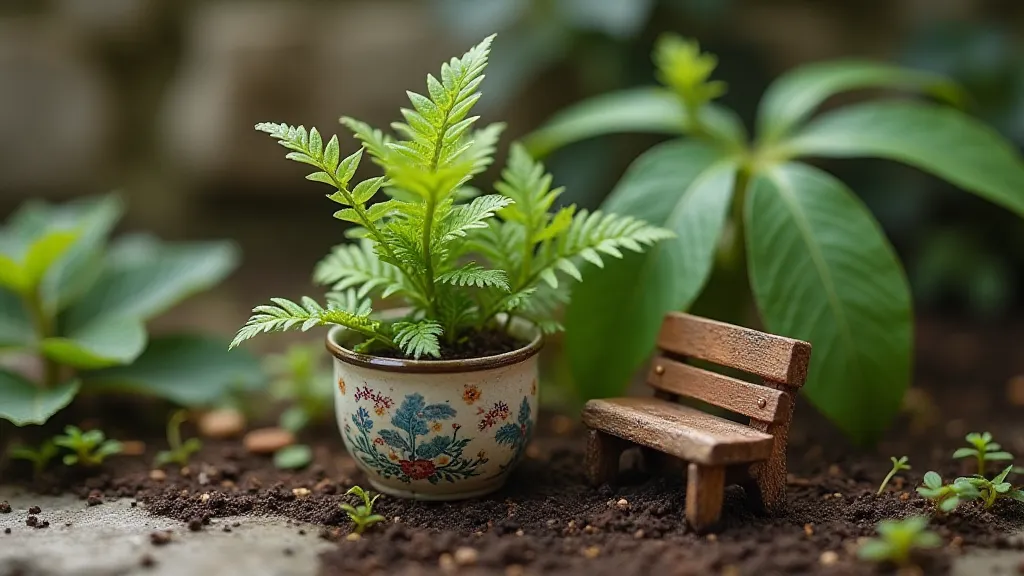
Caring for Your Vintage Finds: A Gentle Approach
Vintage items are often delicate and require careful handling. Avoid harsh cleaning chemicals. A gentle rinse with lukewarm water and a soft brush is usually sufficient. If there’s stubborn dirt, try a solution of mild soap and water. Always test any cleaning method on a small, inconspicuous area first.
Sunlight can fade colors and weaken fragile materials. Keep your vintage miniature elements out of direct sunlight. Humidity can also be damaging, so avoid storing them in damp environments. A display case or a sheltered corner of your home is ideal.
Minor repairs are often possible. A dab of glue can mend a cracked ceramic piece. A touch of paint can restore faded colors. However, be mindful of preserving the vintage character. The goal isn's to make the item look brand new, but rather to stabilize it and enhance its charm. Restoration is an art form in itself, requiring a delicate balance between preservation and repair; it’s an aspect often considered in the broader context of creating lasting, visually stunning miniature landscapes – extending beyond simple decoration to a celebration of history and artistry. Sometimes the best way to appreciate these delicate items is to showcase them in a controlled environment, mimicking the conditions they originally enjoyed; those interested in creating such specialized spaces might find inspiration in "The Glass Labyrinth: Designing Miniature Greenhouses for Delicate Blooms."
The Joy of Collecting: More Than Just Decoration
Sourcing vintage miniature garden elements is more than just acquiring decorations; it’s an act of preservation. It’s about rescuing fragments of the past and giving them new life within a miniature world. Each piece tells a story, and by incorporating them into your miniature garden, you’re becoming a curator of that history. It’s a deeply satisfying and enriching experience. Building a miniature world is a project that demands careful consideration of scale, perspective, and artistic vision, transforming a collection of small objects into a cohesive and captivating narrative.
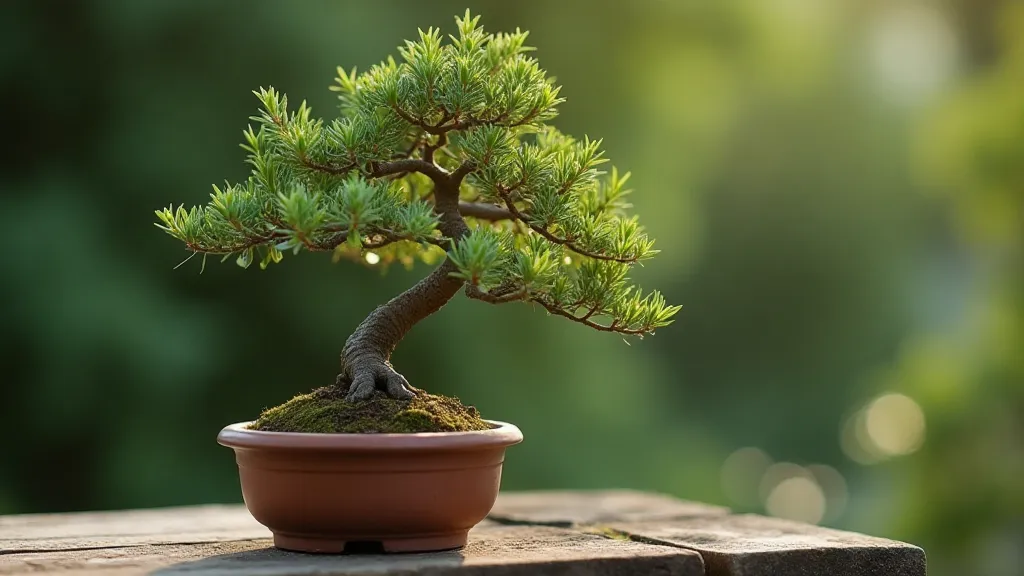
The next time you’re wandering through an antique store or flea market, take a moment to scan the shelves and tables with a miniature eye. You never know what treasures you might uncover – tiny pieces of history waiting to add character and charm to your miniature world. The principles of design and composition apply just as strongly to miniature gardens as they do to larger landscapes, creating a sense of depth, harmony, and visual interest. Consider how you can use these principles to guide your selection of vintage elements and create a miniature world that is both beautiful and evocative. And as you strive for perfection, remember that the beauty often lies in the imperfections, the stories etched by time – a sentiment beautifully reflected in the enduring charm of vintage miniature gardens.
